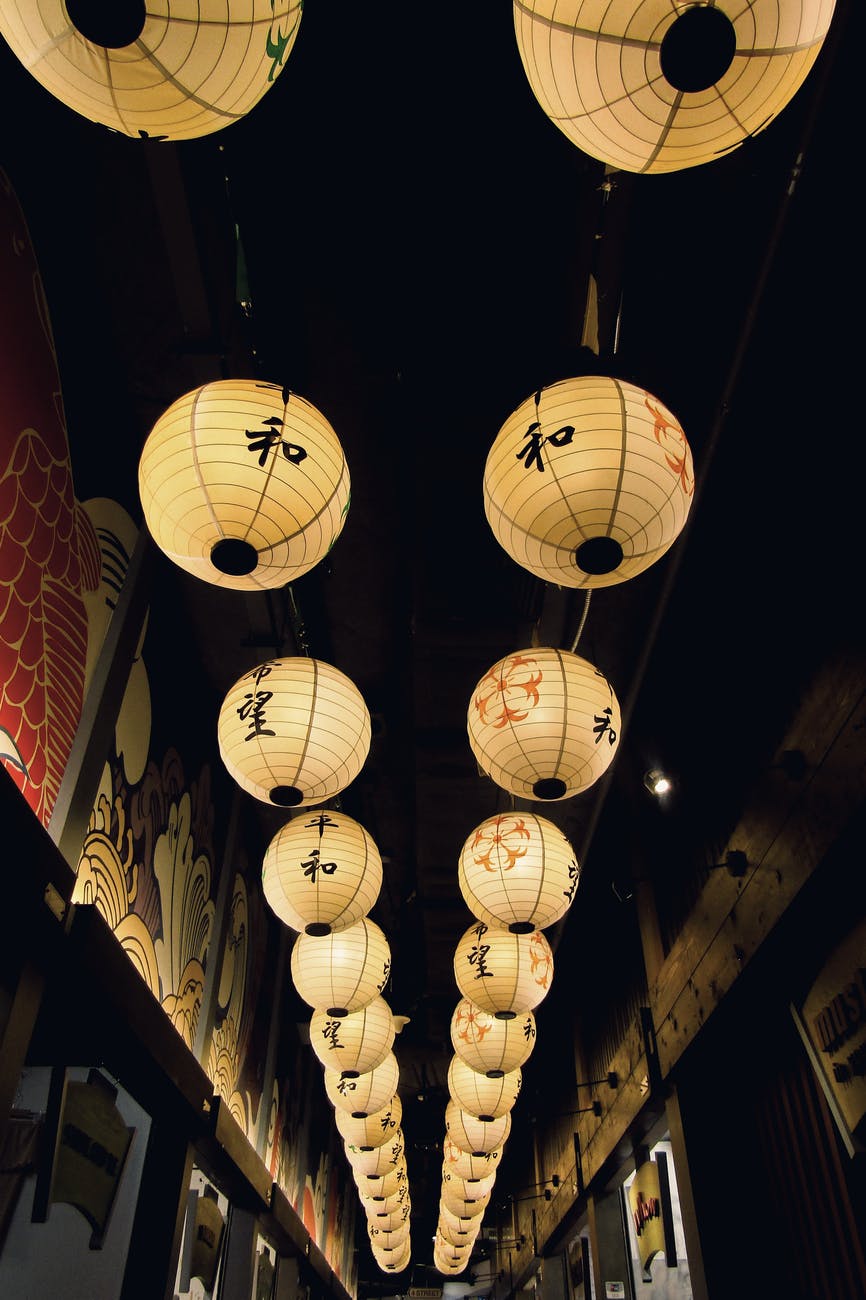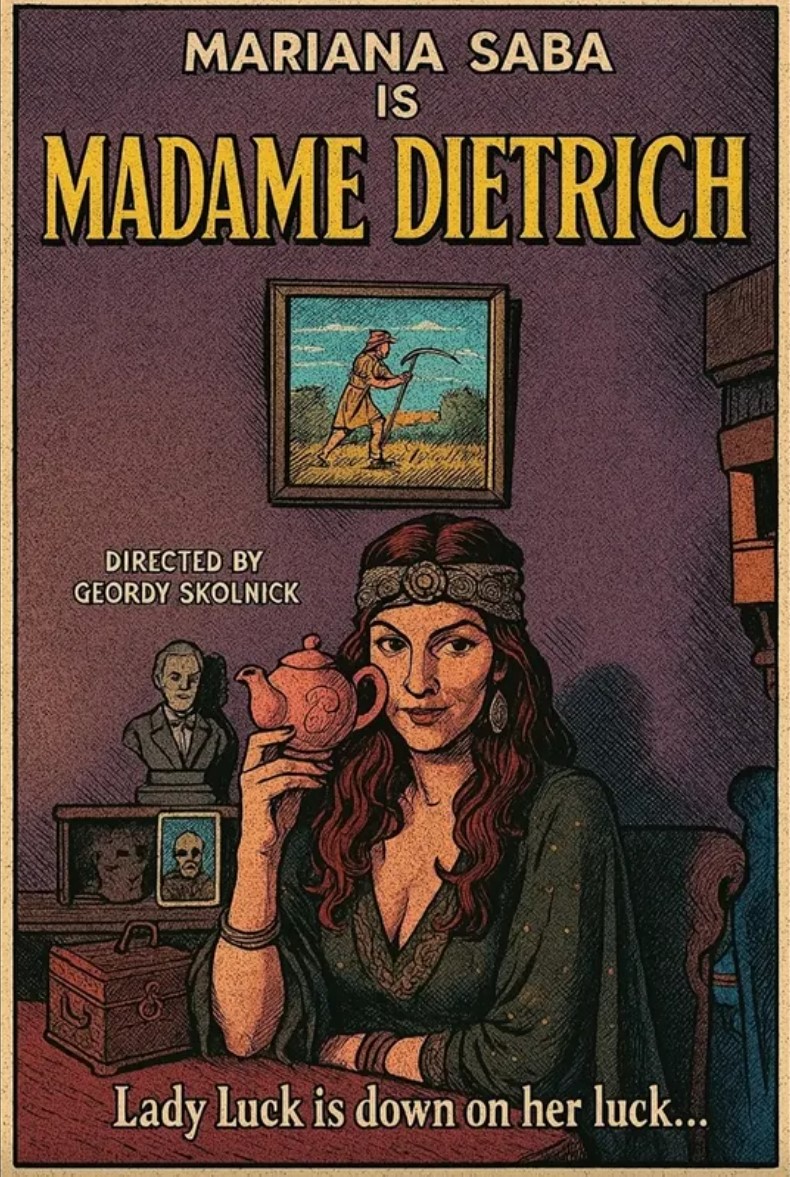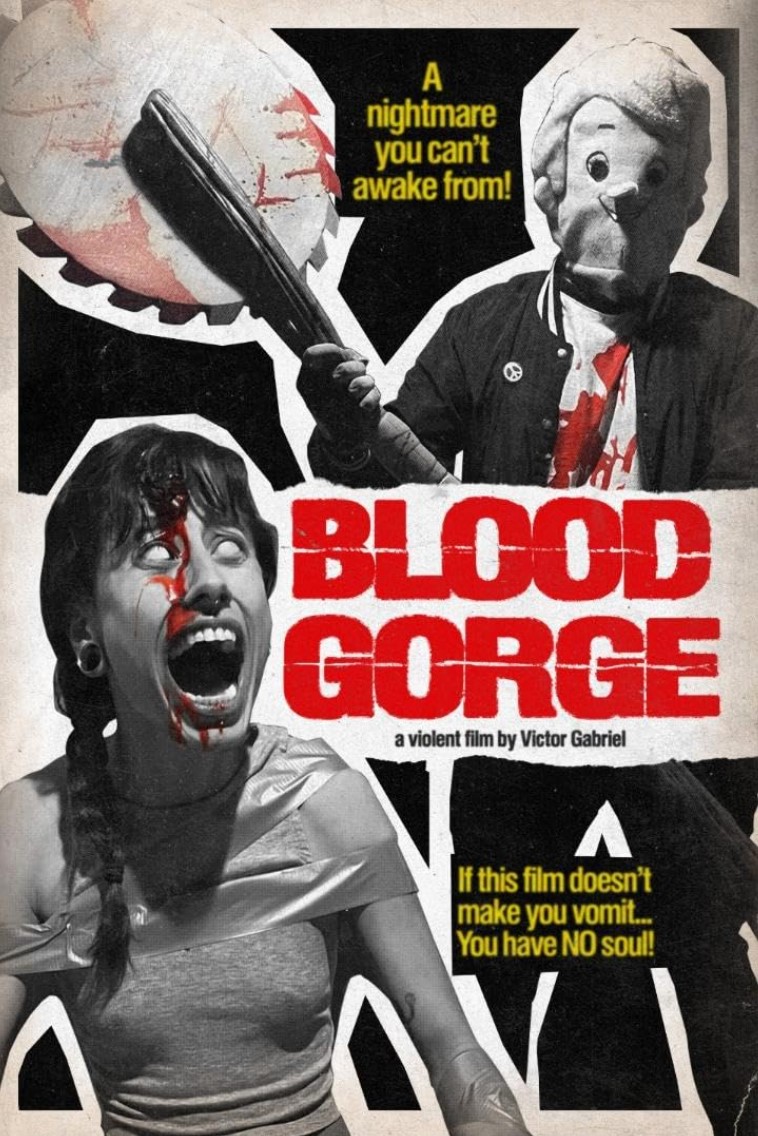After finishing the Junji Ito Collection on Crunchyroll, I was looking for something similar to fill my need for J-horror. I could go back to Mushi-shi, but it was a bit too light and fantastical for my horror preferences (I love Mushi-shi, but there’s a time and place). As I scrolled through the shonen, mecha, and harem picks, I came across a show called Theatre of Darkness: Yamishibai. This show is done in the Kamishibai-style of paper puppetry found in Japan. A man in a yellow mask beckons to children, enticing them with a ghost story; these stories are often ones I recognize as Japanese folklore or legends. Being only 4-5 minutes long, these episodes are extremely easy to get through, hence why I’m reviewing these seasons at a time. Caution, may be spoilers!
Episode 1, “The Talisman Woman,” follows a man who finds a strange talisman stuck to the ceiling of his new apartment, and a strange woman the building over that creeps him out. After many attempts to get rid of the talisman and keep away from the woman, he finds out just what it was being used for. Solid story and a great start to the series. I was familiar with the story and was very fascinated by the art style.
Episode 2 is a play on words. The Wiki article states, “The title is a wordplay on ‘banzai’ (万歳, may you enjoy a long life); “zanbai” ( 惨拝) translates to ‘misery’.” And this is why I like to go searching the internet for extra info, especially on foreign media! Here, a man is in the hospital, but when he is discharged, the other patients perform a ritual that gets him killed.
“The Family Rule” was quite frightening if I say so myself. When your family has rituals that ward off specific spirits, you know something bad is going to happen to the curious kid. That’s exacty what happens in episode 3, and that’s exactly why I think you should explain these things to children, no matter how young they are. Curiosity killed the cat!
Episode 4, “Hair,” comes straight from the likes of Ju-on and Ringu, with straggly pieces of long black hair haunting a teacher working late at night. While not the scariest, I appreciate shoutouts to known tropes in horror.
“The Next Floor” is like a combination of Twilight Zone episodes if they decided to do straight horror. A man leaves his family at a mall to return to his job. The elevator he takes travels to unlisted floors that get more dark, more eerie, and more terrifying. He unfortunately gets his wish to “be alone.”
Episode 6, “The Overhead Rack,” takes terror to Japan’s incredible train system, where a man exhausted from work finds a strange fleshy creature that now one else can see. It creeps closer and closer to him as the train makes an emergency stop, until the man is overtaken by the monster. Again, not my favorite, but the story was interesting and I did want to know more.
“Contradiction” brought me right back into the scares. I was familiar with the trope of going to haunted places, but this added a new twist with those people coming back for help from a friend. Thing is though, what our main character hears over the phone and at her door is not to be trusted, no matter how much it sounds like her friends. Any time I hear a ghost or monster pretending to be someone else, I get goosebumps; this was a great episode!
Episode 8’s “The Umbrella Goddess” is another one where I went the extra mile and looked up the inspiration behind the story. This story about a very tall woman who steals children is based on the legend of Hachishakusama (aka Eight Feet Tall Woman). Again, we have banging on the doors and a monster pretending to be a person. Nightmare fuel for kids and adults.
“Cursed” is one I honestly forgot about, but watching it again was just as enjoyable as the first time. A woman tries to save her daughter from a curse by taking her to see a priestess at a local shrine. The mother later receives a call warning her of the priestess’ death and her daughter soon befalls a grim fate. While I thought episode 9 was nothing extraordinary (not bad, just in the middle), I did like seeing someone brought to a shrine; always a fan of ritual, I am!
Episode 10’s “The Moon” was pretty funny actually. This episode revolves around some boys on a school trip who find a monster hiding in the toilet of the lodge they’re staying in. Leave it to the Japanese to have a legend about a toilet monster! Funny and comparable to a more serious Ghoulies or Gremlins.

With “Video,” I thought I would get something like Ringu, but I got ghost photography instead, which was awesome! Actually, more like alien/ghost/monster, I think. A group of boys take a break from homework to watch a tape that one of the boys didn’t remember recording. On the video, we see a humanoid creature moving closer and closer, becoming more noticeable and menacing. Pretty eerie seeing something on the tape, and I’d love to know what happened after.
“Tomonari-kun” is one I’ve heard something similar to, where a group of kids play with said ghost. This ghost soon takes form and torments a teen who promised she would play with it too (though she was just saying so to appease the kids). I liked the story, and though I’ve heard another like it but couldn’t find the name of it, I enjoyed that bit of nostalgia of recognizing it in the first place.
Finally, episode 13’s season 1 closeout, “Tormentor” leaves me on a cliffhanger. Boys playing with some binoculars see something extremely troubling and begin to act out and attack others. It is based on the Kunekune legend, where people who have the unfortunate experience of looking at the Kunekune too closely (or at all), or venturing to close are killed. An awesome send-off into season 2.
Yamishibai was exactly what I was looking for, and I’m incredibly happy to have found it. These bite-sized stories give me a small taste of Japan and J-horror without having to sit and watch for hours; though, I still find myself bingeing and am already full into season 8. It’s still running, so I have nothing but excitement for the rest of the show. If you don’t like subtitles, you’re out of luck because I don’t think this show is dubbed. But the simple paper puppetry style — which I might add is just as flowing and beautiful as normal animation — makes it easy to not miss much action while reading. Still, I think everyone should give it a go, and it’s a great way to start on Japanese horror in general.
Do you have J-horror favorites (movies, books, legends, etc.)? Do you have a favorite episode in season 1? Let us know in the comments!












3 thoughts on “REVIEW – Theatre of Darkness: Yamishibai (Season 1)”